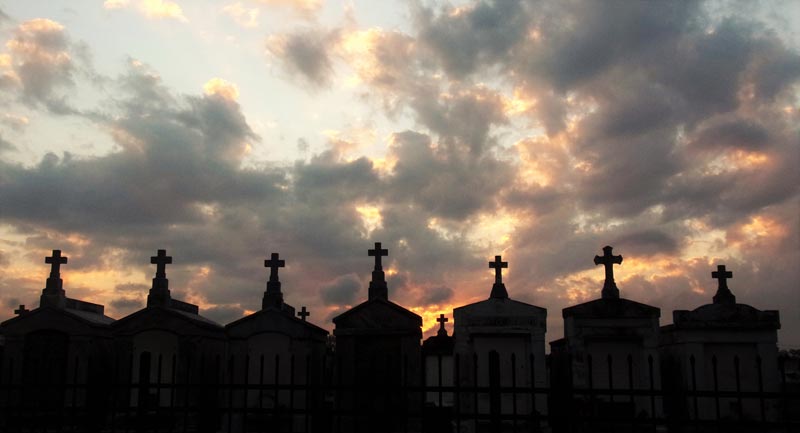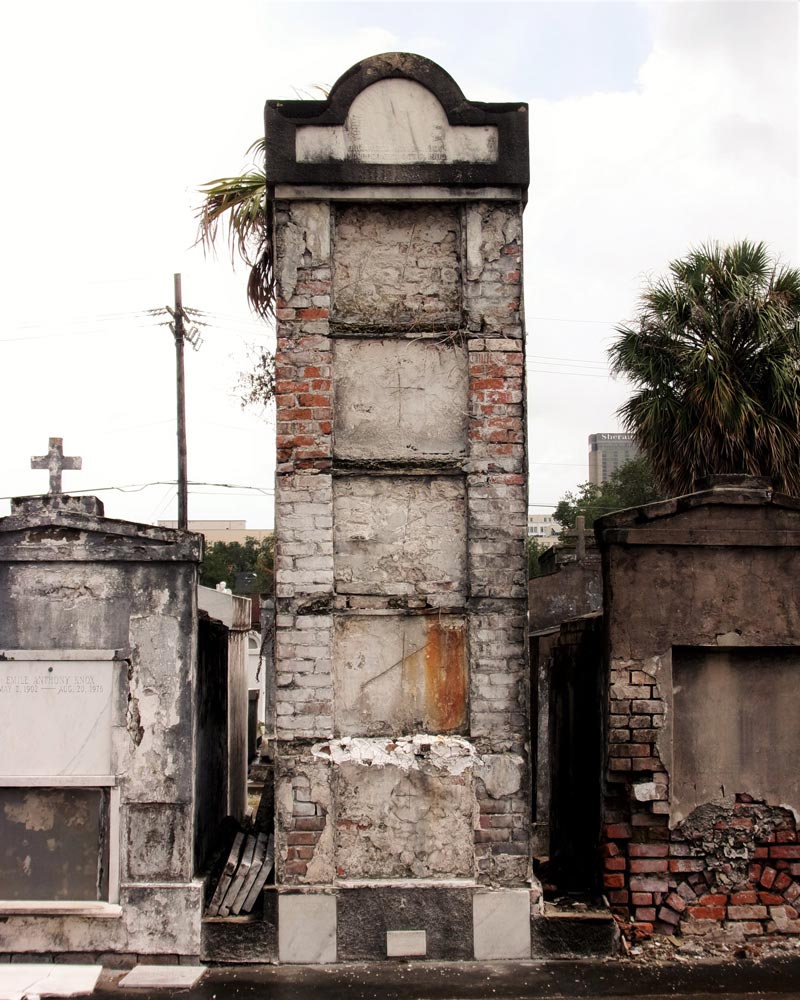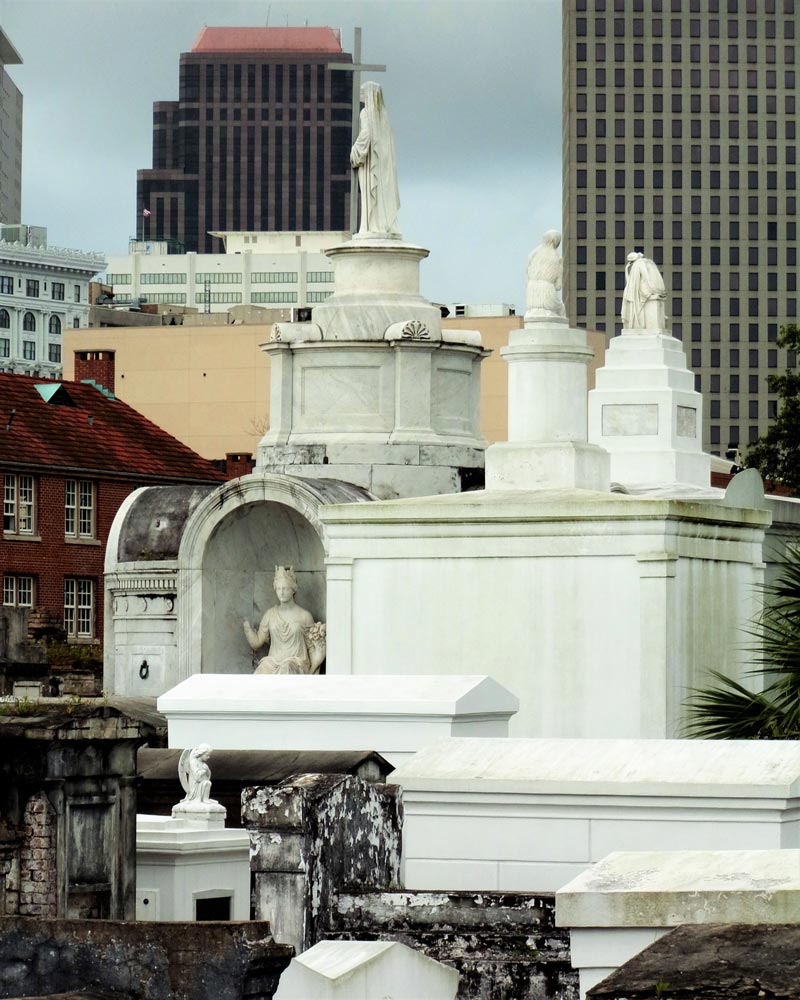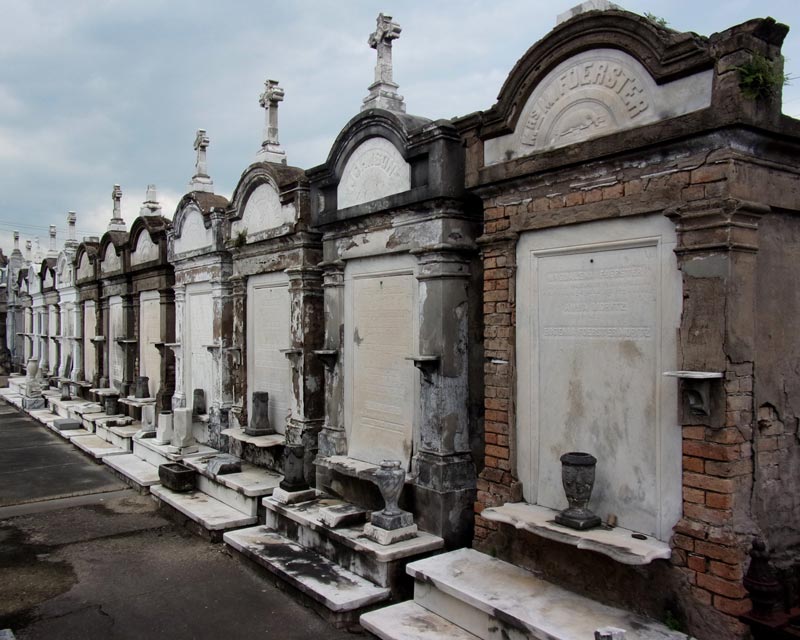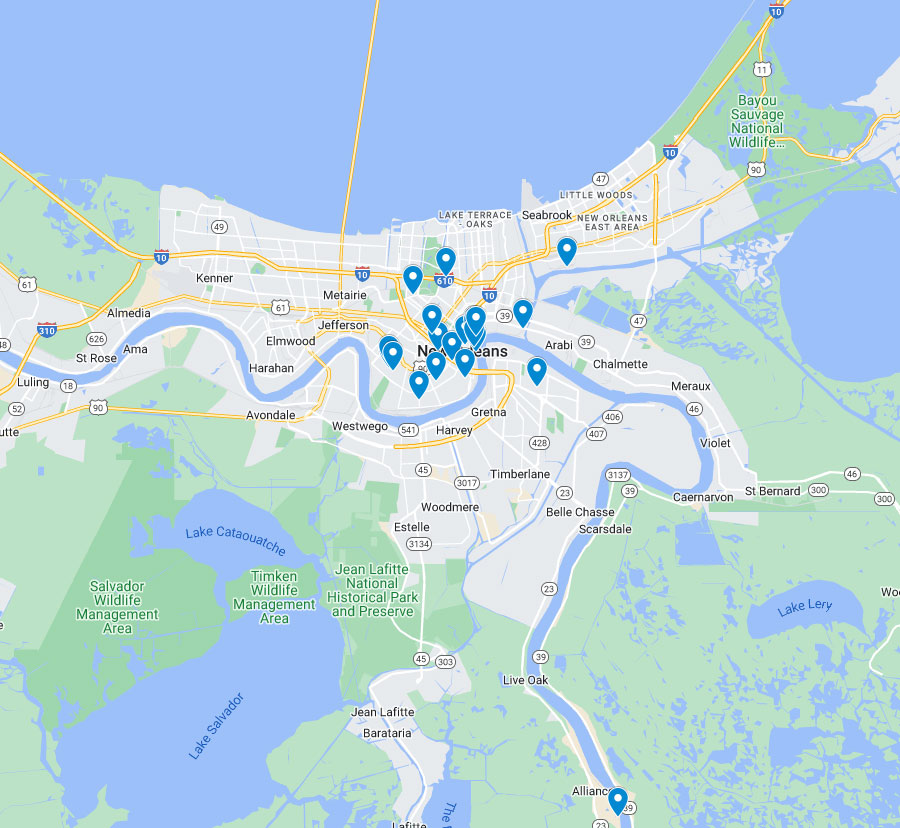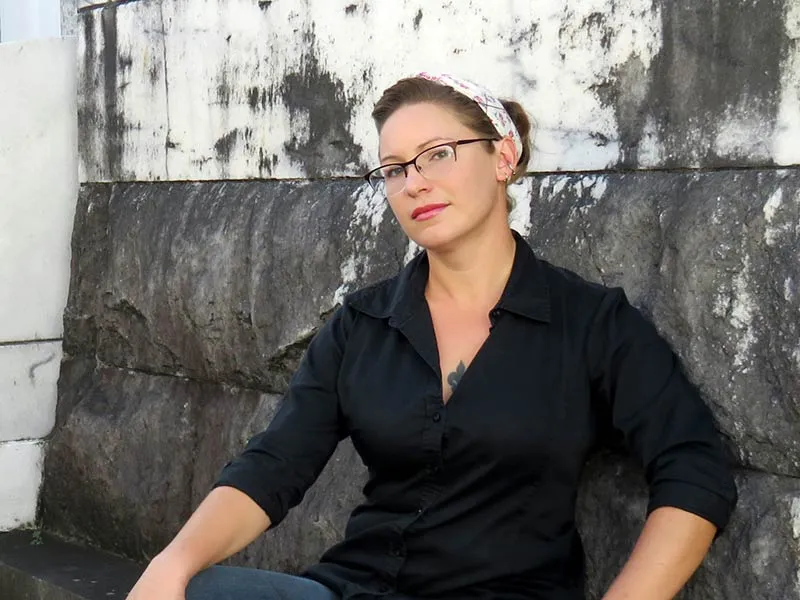
Biography
Emily Ford is a cemetery preservationist, monumental mason, and writer of New Orleans cemetery history. She has worked in New Orleans cemeteries since 2011 and wrote her graduate thesis on historic craft in Lafayette Cemetery No. 1. She is a graduate of the Clemson University-College of Charleston Master of Science in Historic Preservation program.
Ms. Ford’s work focuses on empowering cemetery stakeholders in the care and preservation of their property. As owner of Oak and Laurel Cemetery Preservation, LLC, she has completed dozens of tomb, tablet and monument restorations as well as an ongoing, scholarly-cited blog presenting historic cemetery research.
Research
“Chronicling Labor in New Orleans Cemeteries,” is an oral history project which will produce ten professionally-recorded and transcribed oral histories of career laborers in New Orleans cemeteries.
Since their beginnings in 1789, the cemeteries of New Orleans were built by largely marginalized people whose stories have not been included in the historical narrative. Larger-profile figures – wealthy and educated architects, sculptors, and preservationists – have dominated our understanding of how the cemeteries have become what they are. But who built them?
This oral history project will illuminate the blind spots in how cemeteries are understood. The project will include ten individuals who have worked in New Orleans cemeteries for at least thirty years – some much longer. The proposed interviewees are monument setters, burial crew members, masons, stone dealers and sales agents. They range in age from late-50s to mid-90s. This moment is critical to commit their stories to documentation, before they are gone forever.
“Chronicling Labor in New Orleans Cemeteries” will interview each subject using professional oral history equipment and methods. Each interview will be professionally transcribed and prepared for archival housing and research. For the first time in two centuries, the words of the gravedigger and the bricklayer will be part of the historic cemetery narrative.


